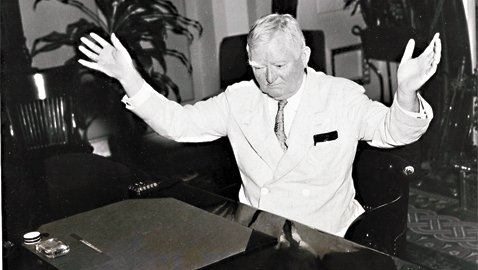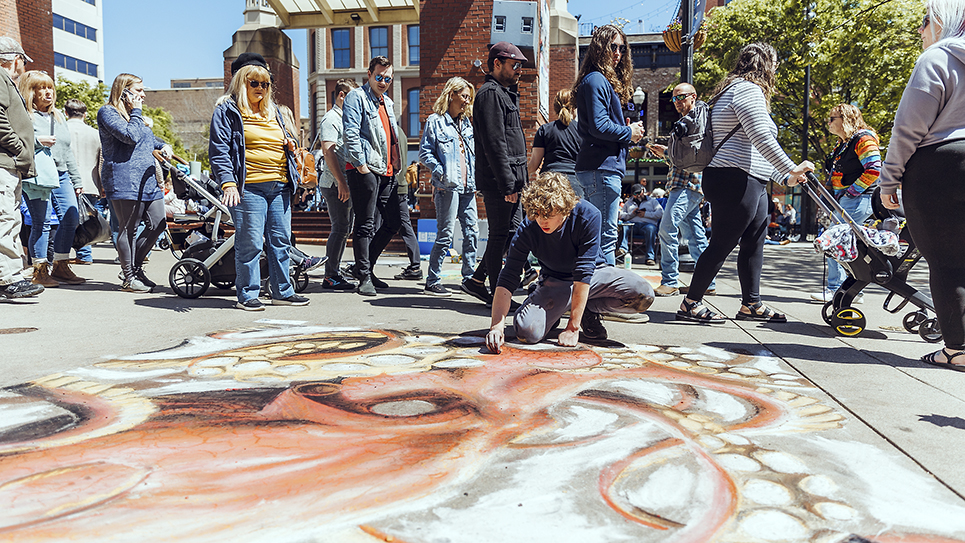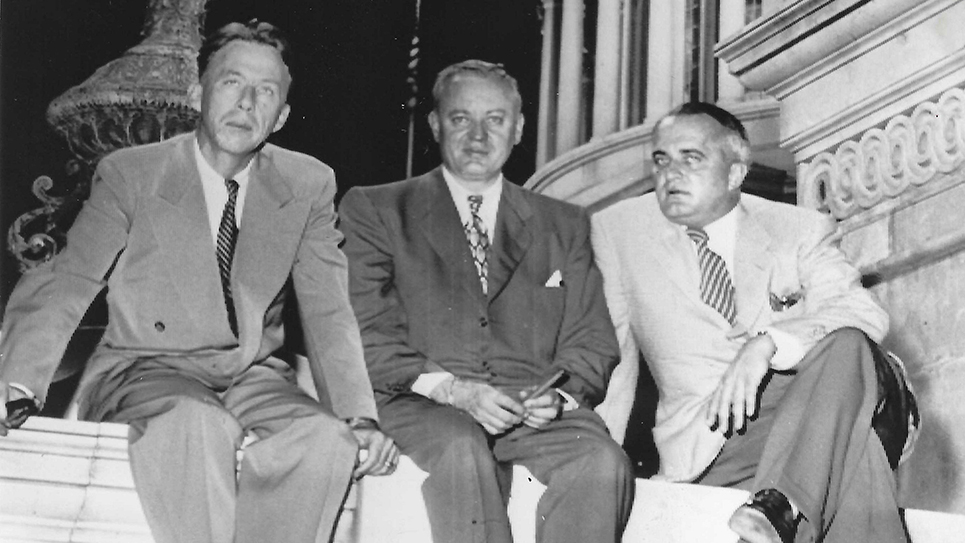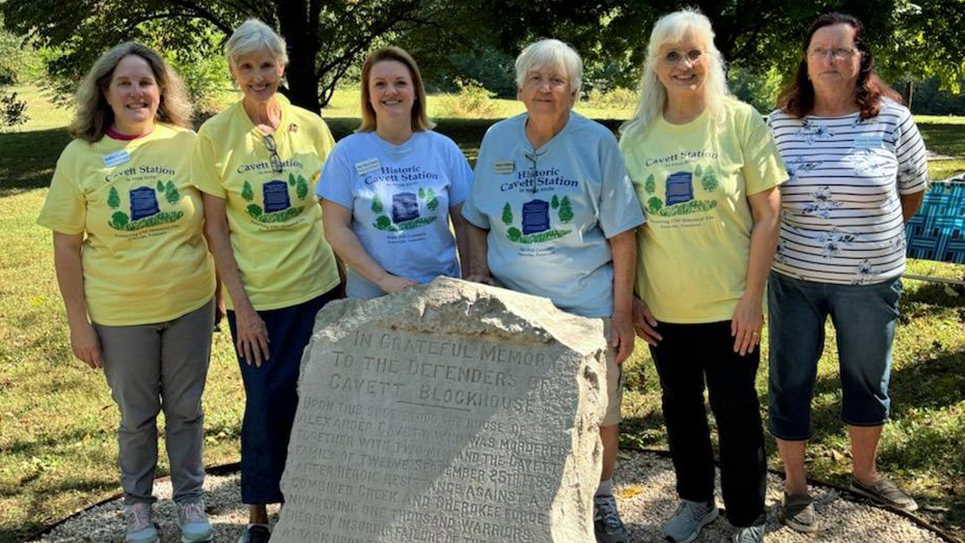
From the author’s personal collection.
Vice President John Nance Garner of Texas cleans off his desk, 1935.
John Nance Garner of Texas was one of the most colorful politicians of the twentieth century. It was Garner who made one of the most oft-repeated comments about the vice presidency. Garner described the office as not being “worth a bucket of warm spit”, yet the actual quote, according to Garner’s biographer, Congressman O. C. Fisher, was the vice presidency was not worth a “warm bucket of piss.”
There were some equally colorful descriptions of John Nance Garner himself.
Labor leader John L. Lewis once denounced Garner as a “labor-baiting, poker playing, whiskey drinking, evil old man.”
Garner, with his white hair, untamed bushy eyebrows, and an ever-present cigar thrust between his teeth, was a fixture in Congress for decades. Despite his earthy and often profane language, John Nance Garner was successful in business and remarkably well tailored. Garner was one of those rare politicians who actually had been born in a log cabin on November 28, 1868 in Blossom Prairie, Texas. Garner’s father, John Nance Garner, III, had migrated to Texas from Tennessee after having served in the Confederate Army during the Civil War. Garner’s mother, Sarah, strongly encouraged her son to get as good an education as possible and young John Nance Garner followed her advice and attended Vanderbilt University. Oddly, Garner remained at Vanderbilt for a single semester before deciding to return home to Texas where he “read the law.” Garner won admission to the Texas Bar in 1890 and commenced the practice of law.
In 1892, John Nance Garner moved to Uvalde, Texas where he would live for the rest of his life. Garner became quite successful not only through his law practice, but also by acquiring real estate. Throughout the years, Garner continued to add to his real estate holdings and started his own title company.
Garner’s mind was not entirely on business or improving his lot in life in 1895, when he met Mariette Rheiner. It must have been a difficult courtship for “Ettie” had not initially approved of John Nance Garner. In fact, Ettie opposed Garner when he ran for Uvalde County judge because she had heard rumors the candidate enjoyed strong drink and liked to play poker, both activities she frowned upon. Garner’s fondness for whiskey and playing poker were hardly rumors, but rather two of his favorite past-times. Yet somehow Garner managed to win over Ettie Rheiner and they were married. The Garners had one child, a son, Tully, who was born in 1896. The marriage between John and Ettie would endure to the end of Ettie’s life and she would be more than a wife to her husband. Ettie Garner would be her husband’s chief confidant and his paid personal secretary throughout his years in the nation’s Capitol.
In 1898, John Nance Garner ran for and won a seat in the Texas House of Representatives. Serving two terms, Garner was not an especially active legislator, although he won the nickname of “Cactus Jack” for his sponsorship of a bill to make the cactus the Texas state flower. The nickname stuck with Garner for the rest of his life.
Garner did become the chairman of the committee charged with redrawing the Congressional districts for Texas and he worked hard to keep San Antonio out of the new Fifteenth district. The Fifteenth district was a sprawling affair that comprised most of south Texas. The borders of the district ran from Del Rio on the Rio Grande River to Brownsville and then on to Corpus Christi on the Gulf of Mexico. Obviously the new district would need a congressman and evidently Cactus Jack had someone in mind: himself. Garner ran for Congress and managed to win the Democratic nomination over a field of strong challengers, including some who had far more experience as officeholders than he had.
When John Nance Garner arrived in Washington, D. C. in March of 1903, there were no Congressional office buildings. Garner and his wife settled into a modest boarding house, which also served as his office. Coming from a region that valued incumbency and seniority, Garner stayed in Congress until his election as vice president in 1932. By 1911 Garner had been chosen to serve as the whip for his party and by 1929, he had risen to become Minority Leader.
Nicholas Longworth of Ohio was Speaker of the House and was a genial, erudite fellow with a known fondness for both alcohol and women. Longworth was perhaps even more famous for being the husband of the sharp-tongued Alice Roosevelt, the eldest daughter of the late President Theodore Roosevelt. Longworth was ailing in 1931 and died of pneumonia while visiting the South Carolina estate of financier Bernard Baruch. Several other congressmen died that year and Democrats fared well enough in the resulting special elections to give them a narrow majority in the House of Representatives. That same majority elected John Nance Garner Speaker of the House.
Garner was very popular with his colleagues and it was the Texan who started the tradition of inviting select members to join him at his “Board of Education” in his hideaway office for a libation after the close of business. It was a daily ritual for the Speaker who would murmur he feared a snake might bite him and likely ought to imbibe the cure before the worst could happen. Another favorite phrase for Speaker Garner when thirsty was to announce to his friends, “It’s twelve o’clock somewhere,” which meant it was time to open the bar.
Garner’s other favorite activity was playing poker with friends and lobbyists, oftentimes for high stakes. Garner won far more often than he lost and some grumbled the poker games were merely opportunities for lobbyists to lose money and perhaps influence the powerful Speaker. One of Garner’s good friends and successor as Speaker, Sam Rayburn of Texas, would revive the “Board of Education” during his own long tenure.
With the onset of the Great Depression, President Herbert Hoover’s popularity had all but evaporated. Just about every Democrat in the country believed Hoover would lose his reelection bid in 1932. The leading contender for the Democratic presidential nomination was New York governor Franklin Delano Roosevelt, who had been, more or less, an open candidate since his reelection in 1930. A host of other candidates coveted the nomination, including the 1928 nominee, Al Smith of New York. Yet it was John Nance Garner who became FDR’s most serious rival for the nomination and it was Garner who dealt Roosevelt perhaps the most serious setback to his campaign by defeating the New Yorker in the California presidential primary. Garner remained in Washington during the convention, but he held the support of the large California and Texas delegations.
Roosevelt started the balloting well ahead, but there were beginning to be cracks in the foundation of FDR’s support. While Roosevelt clearly had the support of a majority of delegates, party rules required a two-thirds majority to win the nomination. It was that same rule that had cost Speaker Champ Clark the Democratic nomination in 1912 and led to the eventual nomination of New Jersey governor Woodrow Wilson.
Delegates were becoming restless and it was quite possible the party might yet turn to a dark horse candidate. Garner had the support of press lord William Randolph Hearst, who owned a chain of newspapers all across the country. Hearst disliked FDR and considered the New Yorker’s possible foreign policy suspect, but the magnate was frightened by the prospect of the nomination going to another candidate who was for a League of Nations. Hearst urged the Speaker to drop his bid for the nomination and Garner agreed and released his delegates, who promptly backed Roosevelt. FDR then named Garner as his running mate.
John Nance Garner never really wished to be vice president and as very reluctant to leave the Speaker’s chair and it took some convincing and more than a few appeals to his sense of party loyalty to get him to change his mind. It was a decision he regretted for the rest of his life. Many years later, Garner told one writer, “When I was elected vice president of the United States, it was the worst thing that ever happened to me.”
Yet the Roosevelt – Garner ticket was quite likely the strongest the Democrats could have fielded that year. Still, John Nance Garner was taking no chances; he was a candidate for reelection to Congress in Texas, while his name appeared on the ballot for vice president.
Roosevelt and Garner easily beat President Hoover and his own running mate, Charles Curtis of Kansas. It was John Nance Garner who helped to change the vice presidency from a mere ceremonial post to a position of some influence. Garner was highly personally popular with members of both the House of Representatives and the United States Senate. Likely no modern vice president has ever been more influential with senators in particular than John Nance Garner. Roosevelt, fully understanding Garner’s popularity and usefulness, sought out his vice president’s views at Cabinet meetings and the Texan helped to pass much of the early New Deal legislation.
Despite his considerable influence, John Nance Garner did not take either himself or his office too seriously. Garner oftentimes made fun of the vice presidency. Once, when meeting a circus clown, Garner told the astonished performer, “I am vice president of the United States. You’d better stick around a while, you might pick up some ideas.”
Initially, Garner and Roosevelt enjoyed a warm and cordial, if not close, personal relationship. Garner joked, “Our firm has two members. The senior member does all the talking and I do all the work.”
Garner was viewed warily by much of Roosevelt’s “brain trust”, a group of idealistic and, for the most part, young academics who were excited to be part of the government and thought they were going to change the world. Many found the crusty, plainspoken Texan downright distasteful. The blunt, imminently practical politician from south Texas was hardly their own kind. The professors were suspicious John Nance Garner was no true liberal and they were right. Garner was neither a typical Southern politician from the glory days of demagogues who could orate as easily as they breathed air; John Garner did not look back to the glories of the “lost cause” of the Civil War, but rather looked to the future. Garner was friendly to business, conservative in his outlook on government spending, and was quickly becoming disillusioned with the New Deal.
Vice President Garner was horrified when FDR sought to enlarge the United States Supreme Court, as Roosevelt was boiling mad over the high court having struck down several pieces of New Deal legislation. Republicans wisely chose a strategy of allowing Democrats in the Senate to fight amongst themselves. As the court-packing bill was being discussed, Garner descended from the presiding officer’s rostrum, scowling and holding his nose. Virtually no one misunderstood that particular message. Garner abruptly decided he needed a vacation as Roosevelt’s court packing bill was debated. Garner and Ettie packed up and went back to Uvalde.
It was Garner who finally told Roosevelt the court legislation was dead in the Senate.
“Well, Cap’n, do you want it with the bark on or off?” Cactus Jack demanded.
Roosevelt manfully replied without the bark.
Garner bluntly told him the court-packing bill was utterly dead.
Later, a vengeful FDR sought to purge some of the senators who had defied him inside Democratic party primaries, a notion John Garner thought foolish and unnecessary. Relations between Garner and Roosevelt went from warm to glacial. There was more than one shouting match during Cabinet meetings.
When Garner thought FDR was intriguing to win a third term, he announced his own candidacy for the Democratic presidential nomination in December of 1939. Roosevelt joked to his Cabinet members they had likely heard Garner had “thrown his bottle – – – I mean his hat, into the ring.”
Garner ran in several presidential preference primaries, but lost to the still undeclared FDR, who was waiting to be drafted. Garner won 61 votes at the 1940 Democratic National Convention. Seventy-two years old, John Nance Garner had decided to go home to Texas. He attended the swearing-in ceremonies for Roosevelt as well as the new vice president, Henry A. Wallace of Iowa. After that, Garner and his wife boarded a train bound for Uvalde and their stone mansion. Cactus Jack vowed he would never again return to Washington, D. C. and he kept his promise for the rest of his long life.
Garner returned to his business activities, visited with friends, played the host to scores of folks, fished, hunted, and smoked cigars. FDR made a point to visit with Garner while traveling through Texas in 1942. Harry Truman paid a social call in 1948 while campaigning in Texas. Ettie Garner died that same year, leaving a void in Garner’s life that remained with him until the end of his days.
Garner donated the beautiful home they had built to the City of Uvalde to honor his late wife’s memory. The former vice president moved to a smaller house on the property to live simply. Garner was also very generous with his money, giving away more than a million dollars, but he refused the request of the University of Texas to acquire his personal and political papers. Instead, Cactus Jack had a bonfire in his backyard and incinerated decades of history.
John Nance Garner remained something of a living icon in his native state and his birthday became an annual occasion for politicians, aspiring politicians, friends and plain old folks who just liked the crusty Texan to gather together.
Garner died just a few days before what would have been his ninety-ninth birthday.






